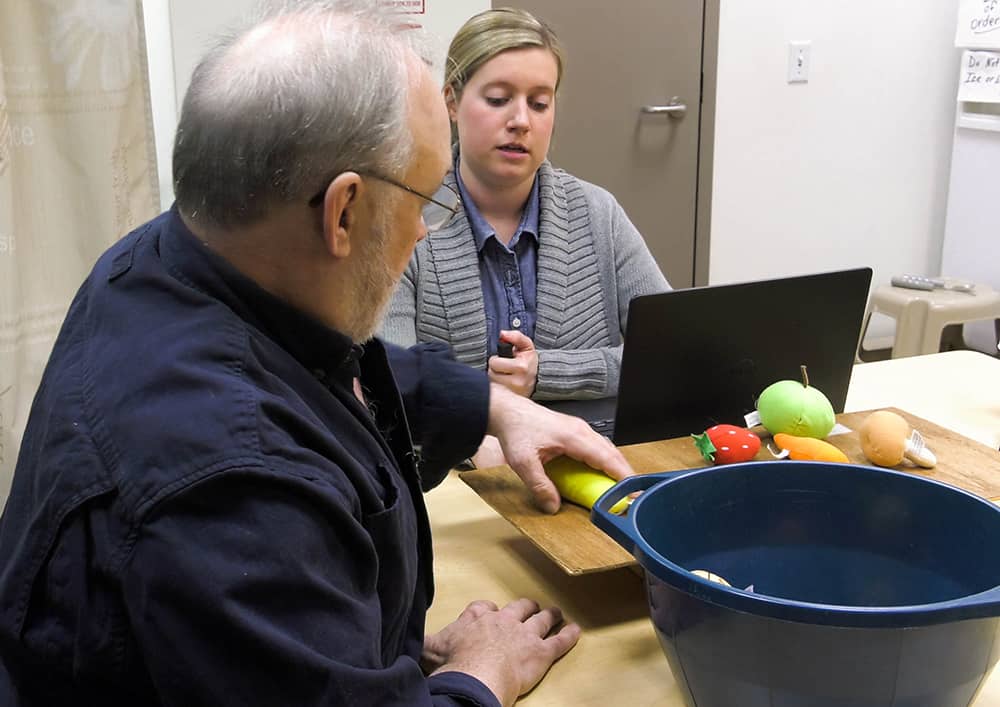Innovative implant could transform stroke rehabilitation
An experimental implant that “rewires” circuits in the brain could transform stroke rehabilitation, with experts studying a new approach that could help patients recover their motor skills and regain use of paralysed limbs sooner.
Specialist stroke rehabilitation researchers at The Ohio State University Wexner Medical Centre are among the first in the world involved in the new clinical trial which connects an electrical device called a vagus nerve stimulator, placed in the patient’s chest wall, to the vagus nerve in the neck.
The implant uses electrical impulses to stimulate the vagus nerve in the hopes of encouraging greater neuroplasticity, the flexibility and ability to make connections that lets the brain learn things, like how to move after a stroke.
With more than 100,000 strokes occurring in the UK each year, averaging around one stroke every five minutes, the illness can be sudden and devastating, resulting in a loss of brain tissue and negatively affect various bodily functions.
In an earlier pilot study, this approach known as Paired Vagus Nerve Stimulation was found to help almost 85 percent of patients who received the nerve stimulation, said Dr. Marcie Bockbrader, research physiatrist for the Neurological Institute at Ohio State’s Wexner Medical Center.
“This nerve stimulation is like turning on a switch, making the patient’s brain more receptive to therapy,” Dr. Bockbrader said.
“The goal is to see if we can improve motor recovery in people who have what is, in effect, a brain pacemaker implanted in their body.”
Testing the new innovation with stroke survivors who have been left with poor arm movement in the last nine-months, each participant in the trial receives three one-hour sessions of intensive physiotherapy each week for six weeks to help improve their arm function.
Half of the group will receive an implanted vagus nerve stimulator and during rehabilitation therapy sessions, when a patient correctly performs an exercise, the therapist pushes a button to trigger the device to stimulate the vagus nerve. This neurostimulator signals the brain to remember that movement.
“We are trying to see if this neurostimulator could be used to boost the effective therapy, creating a sort of ‘supercharged therapy.’ We want to determine if patients can recover more quickly through the use of this stimulation,” added Dr. Bockbrader.
The approach of using vagus nerve stimulation has been used successfully around the world to treat more than 100,000 patients for epilepsy.
To find out more, watch a video here:



